How do you insulate a crawlspace with dirt floor?
We have a cottage with a crawl space near Halliburton, Ontario,Canada. It has a solid block perimeter but has a dirt floor. Also, there is a very large rock under the cottage which makes the crawl space uneven- ranging from 2 ft to 4 ft high. We have aluminum vents in the block foundation that slide open with a little screen. We have rigid foam panels on the concrete block walls (2 inch) The cottage is 900 square ft. To complicate things, we have just made a 400 square foot addition on concrete piers which is also not insulated.
Currently we have a pump bringing water from our lake. We close down the cottage for the winter and drain the water for the season, we would love to insulate and try to make it a 4 season cottage. We are not sure if I should insulate the ceiling of the crawl space or to simply try to get a floor. Some people say we can get foam insulation sprayed in which will harden on the dirt floor.
We are currently power venting the crawl space to protect against radon gas. What would be you be advice as to how to proceed for insulation/winterization/moisture?
At this point, I’m thinking to simply put a 6 mill poly on the dirt floor to keep the moisture out and to put rockwool in the ceiling of the crawlspace with no Vapor Barrier…. we would very much appreciate your input and advice.
Cheers, Sal


















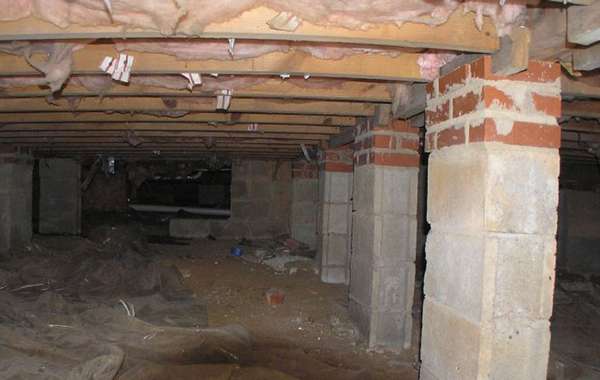
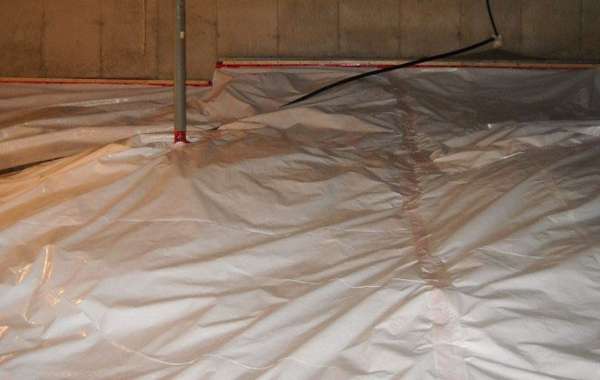
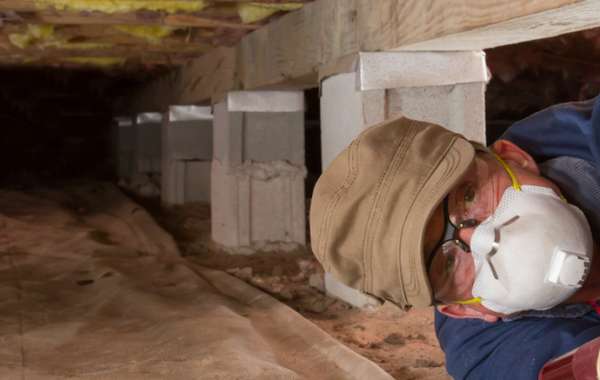

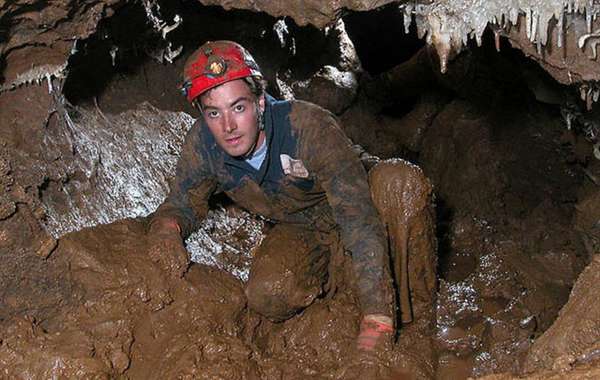
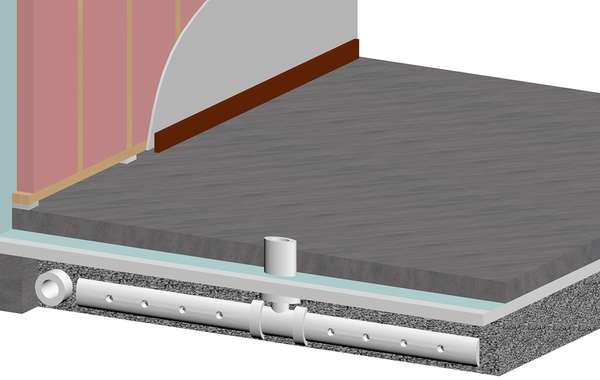
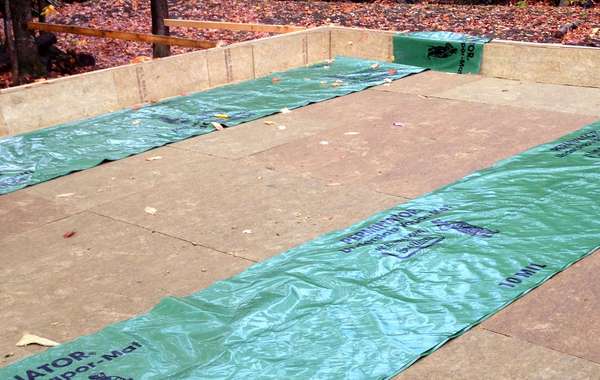
The first thing to mention is that if you have an uneven surface of solid rock in a basement or crawlspace you are at risk of radon gas contamination, so venting is good for now but I would think of a longer term solution. The whole Ottawa Valley area of Ontario is unfortunately a real hot spot for radon gas in homes, so see our pages on mitigating radon gas in basements, including how to remove radon gas from well water, in case you dig a well in the future.
Venting a crawlspace is not a great idea since it can be very cool down there and when you draw in warm, humid air in the summer, it is at risk of condensing on the cool surfaces. So I would consider a radon gas venting solution and then close the vents. Once you've done that, keep an eye on the humidity levels and keep a dehumidifer running down there if necessary.
Applying spray foam to the dirt floor of your crawlspace may be one of the easiest and most effective solutions, and if so, then you would be best not to insulate the joists over your head and just heat that space instead. See here our page on How to insulate a crawlspace floor, and please feel free to ask more questions if you are still stumped on what is the best solution. At the very least, laying a 6 mil poly vapour barrier will keep the moisture down.
For the addition that is on concrete piers, if that means air (and wildlife) are free to travel underneath it, then you could consider spraying the underside of that if you have a spray foam contractor there anyway. We would recommend you look for an installer than has switched to the new spray foam blowing agents that have lower greenhouse gas emissions. Spray foam will act as an air and vapour barrier but it it is pretty easy for critters to dig into it, so you may also want to tack up something like a diamond lath underneath to keep rodents out.
As for your radon gas concerns, is that just your common sense or have you had the radon tested and found it to be high? I had high radon gas in by basement and so I installed a radostat that monitors radon levels and activates and HRV when the levels are too high.
Hi Emmanuel!
CAn this insulation be used on dirt crawl space floors?
Thermoquiet , Thermal Acoustic Insulated Underlayment